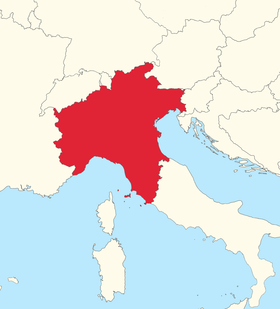Urlogrok
| Urlogrok | |
|---|---|
| Urlogrok | |
| Pronunciation | [urlogrok] |
| Created by | – |
| Date | 2023 |
| Native to | Hungary (Assumed) |
Uralic
| |
Early form | |
| Official status | |
Official language in | Avendonia |
| Regulated by | Grunditio Cuningica per la Spraca Avendoniana |
Rough borders of Avendonia | |
Urlogrok is a sparsely documented and hypothesized ancestor to Grekelin, probably a Greek-influenced Hungarian dialect or vice versa. No evidence of it exists so far; Any knowledge is by comparing Proto-Grekelin and Hungarian, before the two became completely seperate languages. The language is generally assumed to be have been spoken in Hungarian villages in Southern Slovakia, where enough isolation exists for a new language to form.
Urlogrok appears to be mutually intelligible with Hungarian, although its orthography and grammar may be slightly twisted:
Hungarian:a gyors barna róka átugrik a lusta kutyán
Urlogrok:*ta gyor' barna roke atugrik ta luste kutyan
History
Urlogrok appears to have been spoken in the 10th century by a small Hellenized group living in Slovakia, the Urlogreckz. The language eventually came to be used by the Greek refugee population arriving in Hungary during the 13th-16th century, due to it's Greek influence. Eventually Greek and Grekelin was born out of it. Urlogrok could have been long extinct when Proto-Grekelin was spoken, thanks to the Magyarization done to the populace.
Features
Urlogrok is probably behind many different features of Grekelin, such as the plural syllable (Which was used initially along with a plural suffix), the Grekelin "ε" sound (Comes from Hungarian "eː"), and the noun declensions. Urlogrok appears to also have been the reason behind the use of the Latin alphabet to write Grekelin, as it was done during the 18th century.
